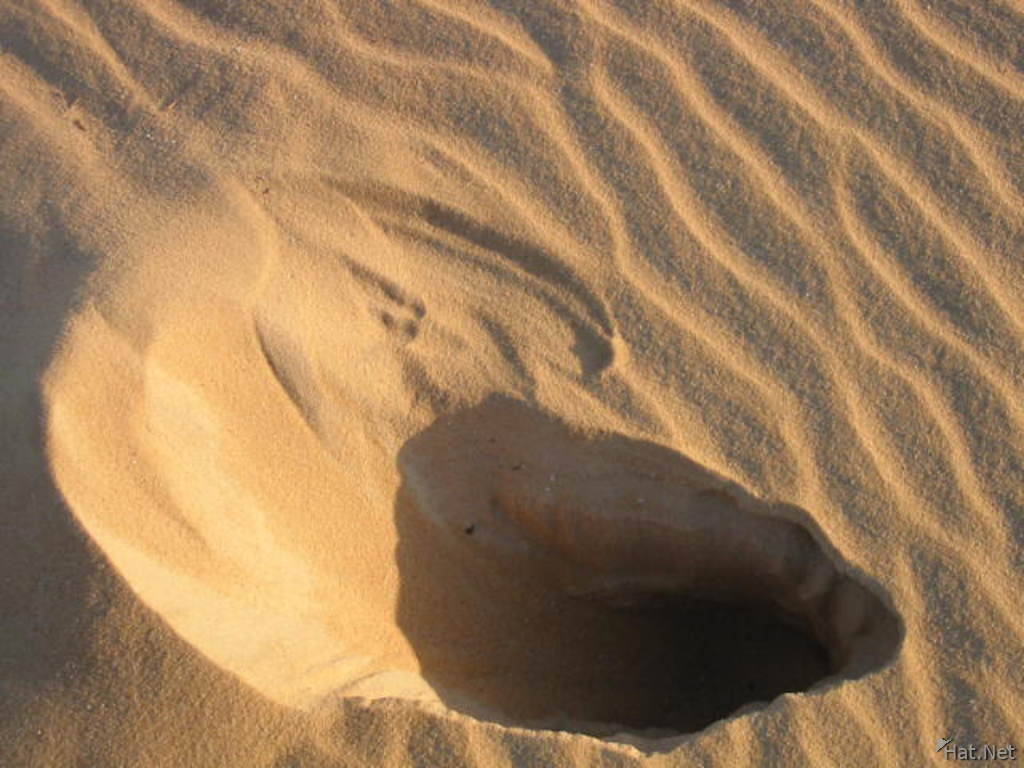4 August 2008
On the dangers of collapses in sand
Posted by Dave Petley
The UK news today carries a very sad report of the death of a teenager on a beach in the UK:
“Paramedics tried to resuscitate the boy after he was pulled out of the sand at Cefn Sidan beach, near Burry Port in Carmarthenshire, on Sunday evening. The teenager was airlifted to Morriston Hospital in Swansea but doctors there pronounced him dead. The boy was from Wrexham in north Wales and had been on holiday with his family and friends when the incident happened. He had been playing with a group of up to 15 other children in the dunes behind the beach in Pembrey Country Park when he became trapped. Swansea Coastguard watch manager Dave Hughes said the alarm was raised at around 1910 BST and Burry Port coastguard team were on the scene within 15 minutes. He said: “By that time the child had been trapped in the sand for approximately 20 minutes.”
Whilst this is not really a story about landslides, such a tragic event is closely related to slope failures. I have seen children digging deep holes in the sand on beaches several times, and they always deeply scare me.
A random web search shows up a couple of examples of people digging deep holes in beach sand (I have obscured the faces of the people involved):

It might surprise you to find that this was studied in an academic paper:
Maron et al. 2007. Sudden Death from Collapsing Sand Holes. New England Journal of Medicine 356:2655-2656.
They documented 52 examples of such collapses over a ten year period in the USA. The shallowest hole involved was just 60 cm deep. As a result, 31 people died. The mean age of the victims was 12 years old; the youngest was just three. They suggest that their report under-estimates the occurrence of such events.
So, can I just make a few observations:
- Burial in as little as 30 cm of sand, and sometimes less, can lead to suffocation as the victim cannot inflate their chest due to the mass of material compressing it. Children are particularly vulnerable to this.
- When collapse happens, the victim needs to be extracted in just a few minutes;
- It is often very difficult to find the victim once a collapse has occurred. Digging into sand quickly to get to a buried person is also a substantial challenge;
- If the victim is located it is essential to both clear their nose and mouth and also to get the weight of the sand off their chest. In many cases cardiopulmonary resuscitation is required.
When I am on the beach with my children, I try to do the following:
- Never allow children to dig a hole more than a foot deep without supervision;
- Do not allow the child to dig a hole that is deeper than the waist of the smallest child;
- Do not allow them to put their head or chest into the hole;
- Do not allow them to bury each other in a hole.
Fortunately such incidents do remain quite rare, but they are tragedies when they occur. Sadly, I suspect that few parents really consider the risks.




 Dave Petley is the Vice-Chancellor of the University of Hull in the United Kingdom. His blog provides commentary and analysis of landslide events occurring worldwide, including the landslides themselves, latest research, and conferences and meetings.
Dave Petley is the Vice-Chancellor of the University of Hull in the United Kingdom. His blog provides commentary and analysis of landslide events occurring worldwide, including the landslides themselves, latest research, and conferences and meetings.
The news reports use the word ‘tunnel’ rather than ‘hole’.From the BBC …”The BBC has been told that family and friends had been digging two deep holes about a car length apart and had been trying to dig a tunnel to connect the two holes.”
Dear Hypocentre,Thanks for your comments. Two holes and a tunnel between them in a beach that from the news reports appears to be formed from a very fine sand. A lethal combination. Very sad indeed.Dave
To dig a tunnel in the sand working head first or even crawling into it is definately imprudent and as it was in this case it often ends deadly.
But I can not agree to the last of the 4 rules in that article. To bury a friend in a hole (sitting or reclining) is a lot of fun and a really thrilling experience I won’t miss. I’ve often been buried deep under a lot of sand and never had problems. Please don’t take the children that experience and fun.
Andy